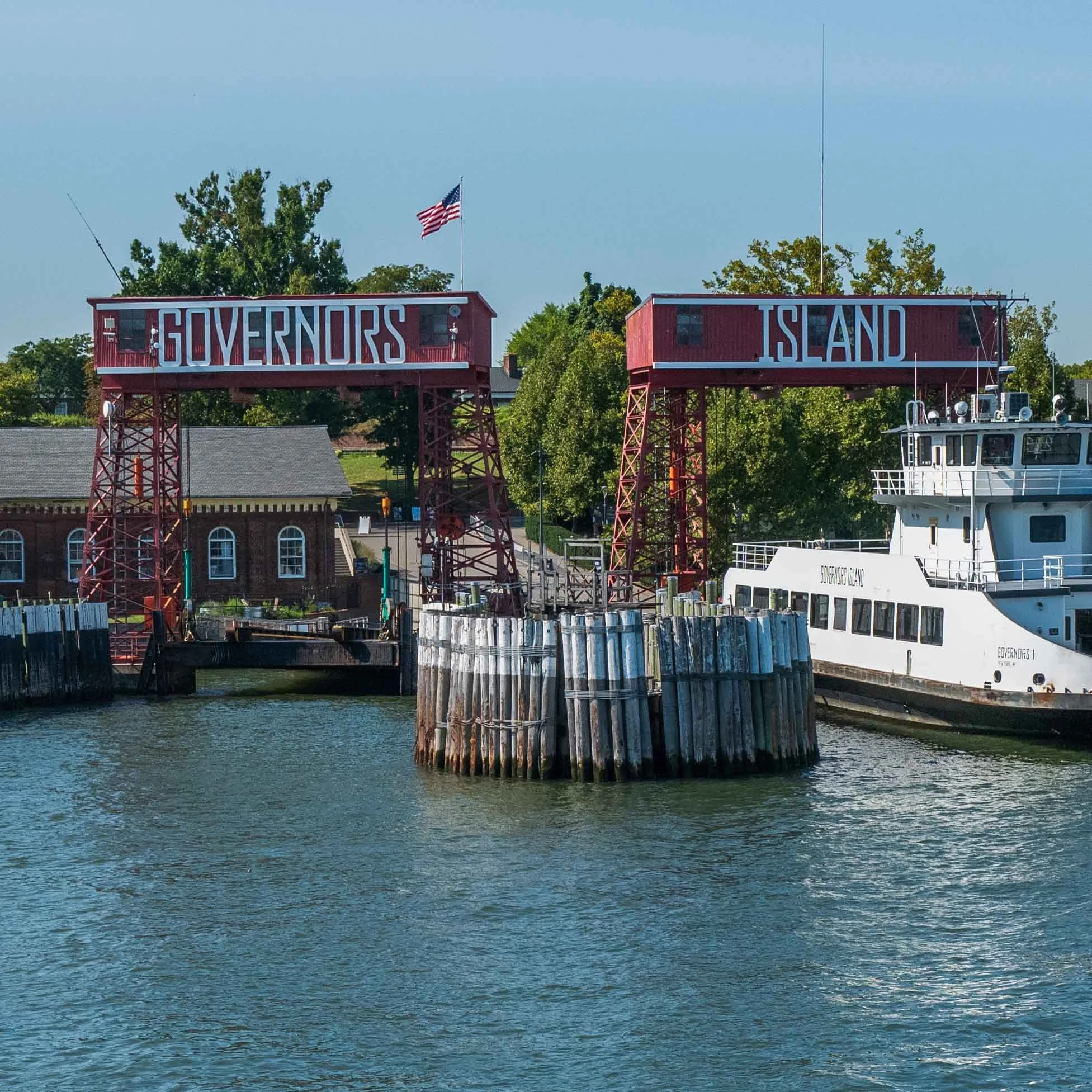Governor’s Island: A Model for Adaptive Reuse, Sustainability, and Urban Revitalization
The southern tip of Manhattan hosts Governor’s Island, which has evolved from its original military base function into a public park and cultural destination. The transformation showcases how adaptive reuse combines historical preservation with innovative approaches and sustainable environmental practices. The island shows how urban areas can be transformed through sustainable methods by converting historical structures and recovered territories into contemporary facilities.
Governor’s Island: A Rich History and Its Military Past
Governor’s Island has a rich history dating back to the 17th century, serving as a military base for both the British and American forces during the Revolutionary War and later as a U.S. Army post. It remained active until the 1990s, after which it was decommissioned and turned over to the National Park Service. The island’s military buildings, such as Fort Jay and Castle Williams, have been preserved and repurposed for modern use.Reclaiming the Land: Repurposing Soil and Shaping the Future
The expansion of Governor’s Island took place through reclamation activities during the 19th and 20th centuries, when subway excavation materials consisting of dirt, rock, and debris were utilized to increase its size. The landfill process transformed surrounding waters into new land, which allowed military operations while changing the island's size and shape. Governor’s Island serves as a sustainable land use model because its reclaimed territory now functions as green spaces, cultural venues, and public parks. Native planting with eco-friendly landscaping practices enables the restoration of ecosystems while establishing green spaces directly within New York Harbor.Reusing the Buildings: Transforming Military Structures into Cultural Hubs
The historic military buildings on Governor’s Island now serve as public areas, which display art installations while hosting various events and performances. Notable transformations include: Fort Jay that was transformed into an arts space for performances and exhibitions while Castle Williams now operates as a history center and cultural venue.
The officers houses serve as residential areas, which unite contemporary comforts with traditional architectural elements. The buildings preserve their historical significance through adaptive reuse, which creates a sustainable future while protecting cultural heritage.
Green Design: Sustainable Features on Governor’s Island
The Governor’s Island development plan includes green infrastructure elements like stormwater management systems and green roofs. Rainwater capture systems, together with permeable surfaces, help decrease the likelihood of flooding. The island features multiple buildings that have received LEED standard retrofits through the installation of solar panels and the use of recycled materials and energy-efficient systems.Community Engagement and Sustainability
Governor’s Island also plays a crucial role in the social sustainability of NYC. The island promotes community and social inclusion through its provision of free events, farmers markets, and educational programs. The Billion Oyster Project works to restore oyster reefs in New York Harbor as part of its sustainability efforts through marine biodiversity.
The Future of Governor’s Island: A Model for Sustainable Urban Spaces
The future of Governor’s Island will preserve its green urban oasis status through the integration of preservation initiatives with sustainable development methods. The island will expand its role as a model for adaptive reuse and sustainable urban development, with future initiatives aimed at enhancing green spaces and community-focused programs.
Conclusion: A Story of Transformation and Sustainability
The public park and cultural space of Governor’s Island showcases sustainable urban development principles. Its transformation from a military base to a green urban park demonstrates how adaptive reuse and land reclamation can turn historic sites into thriving, sustainable spaces. Governor’s Island is a beacon of what can be achieved when cities blend the old and the new in a sustainable way.
The island will expand its role as a model for adaptive reuse and sustainable urban development, with future initiatives aimed at enhancing green spaces and community-focused programs.

